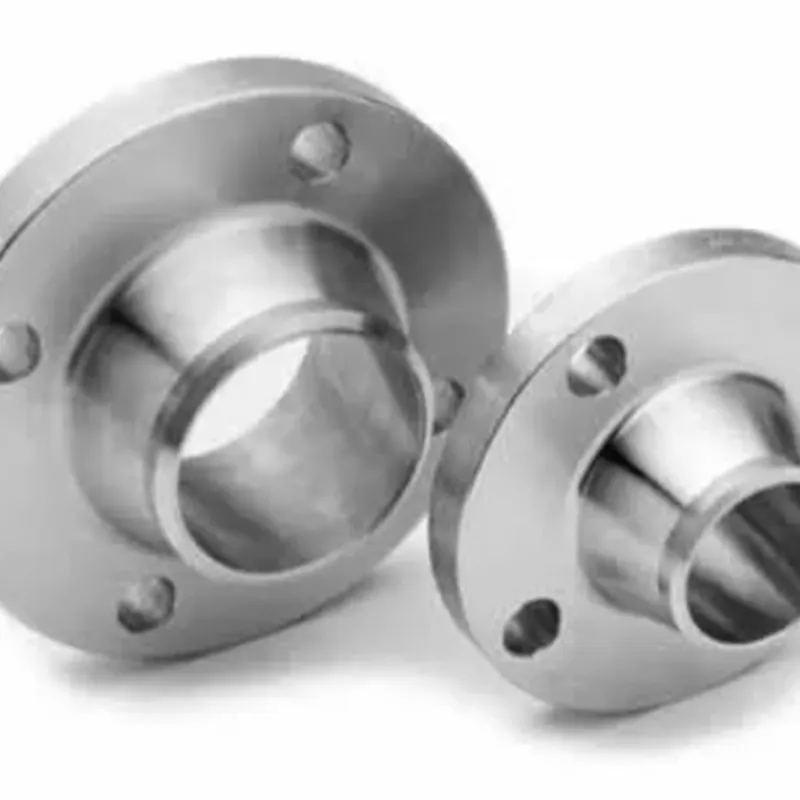-
Cangzhou Yulong Steel Co., Ltd.
-
Phone:
+86 13303177267 -
Email:
admin@ylsteelfittings.com
- English
- Arabic
- Italian
- Spanish
- Portuguese
- German
- kazakh
- Persian
- Greek
- French
- Russian
- Polish
- Thai
- Indonesian
- Vietnamese
- Zulu
- Korean
- Uzbek
- Hindi
- Serbian
- Malay
- Ukrainian
- Gujarati
- Haitian Creole
- hausa
- hawaiian
- Hebrew
- Miao
- Hungarian
- Icelandic
- igbo
- irish
- Japanese
- Javanese
- Kannada
- Khmer
- Rwandese
- Afrikaans
- Albanian
- Amharic
- Armenian
- Azerbaijani
- Basque
- Belarusian
- Bengali
- Bosnian
- Bulgarian
- Catalan
- Cebuano
- China
- China (Taiwan)
- Corsican
- Croatian
- Czech
- Danish
- Esperanto
- Estonian
- Finnish
- Frisian
- Galician
- Georgian
- Kurdish
- Kyrgyz
- Lao
- Latin
- Latvian
- Lithuanian
- Luxembourgish
- Macedonian
- Malgashi
- Malayalam
- Maltese
- Maori
- Marathi
- Mongolian
- Myanmar
- Nepali
- Norwegian
- Norwegian
- Occitan
- Pashto
- Dutch
- Punjabi
- Romanian
- Samoan
- Scottish Gaelic
- Sesotho
- Shona
- Sindhi
- Sinhala
- Slovak
- Slovenian
- Somali
- Sundanese
- Swahili
- Swedish
- Tagalog
- Tajik
- Tamil
- Tatar
- Telugu
- Turkish
- Turkmen
- Urdu
- Uighur
- Welsh
- Bantu
- Yiddish
- Yoruba

Dec . 04, 2024 08:56 Back to list
Properties and Applications of ASTM A106 Gr B Carbon Steel Pipe
Understanding ASTM A106 Grade B Material
ASTM A106 Grade B is a specification widely recognized in the industry for seamless carbon steel pipes designed for high-temperature service. This material standard is crucial for various applications, including oil and gas, power generation, and chemical processing industries. Understanding its properties, manufacturing processes, and applications is essential for engineers, procurement professionals, and project managers involved in projects where high-performance piping systems are critical.
Properties of ASTM A106 Grade B
ASTM A106 Grade B pipes are made from carbon steel and exhibit excellent mechanical properties, including strength, ductility, and toughness. This grade is particularly known for its ability to withstand high pressures and temperatures, making it suitable for high-strength applications. The chemical composition of ASTM A106 Grade B includes a maximum carbon content of 0.26%, and it also encompasses manganese, phosphorus, sulfur, and silicon, contributing to the overall strength and workability of the material.
The pipe's yield strength typically ranges from 240 MPa (35,000 psi) to 290 MPa (42,000 psi), and the ultimate tensile strength can range from 400 MPa (58,000 psi) to 620 MPa (90,000 psi). These mechanical properties ensure that A106 Grade B pipes can perform reliably under significant stress conditions, providing durability and longevity in service.
Manufacturing Process
The manufacturing of ASTM A106 Grade B pipes involves several key steps. Initially, carbon steel is melted and processed to create a slab or billet. The primary method of production is the seamless process, where the heated steel is extruded into a hollow tube and then cooled. This method enhances the mechanical properties of the material because it results in a uniform microstructure without any weld seams, reducing the risk of failure caused by weld defects.
After forming, the pipes undergo several additional processes, including heat treatment, hydrostatic testing, and dimensional inspection to ensure that they conform to the ASTM specifications. Heat treatment can enhance specific mechanical properties like toughness and ductility, ensuring that the material performs effectively in the intended applications.
astm a106 gr b material

Applications of ASTM A106 Grade B
The versatility of ASTM A106 Grade B pipes allows them to be used in a variety of industries. The most common applications include
1. Oil and Gas Industries They are vital in the transportation of oil and natural gas, especially in high-pressure environments. Their ability to withstand high temperatures and pressures makes them ideal for refinery processes.
2. Power Generation In power plants, these pipes are often used in the piping systems for steam, water, and flue gas lines. The ability to maintain strength at elevated temperatures is crucial for efficient operation.
3. Chemical Processing The chemical industry frequently utilizes A106 Grade B pipes for various applications, including the transportation of corrosive fluids at high temperatures.
4. Construction and Structural Applications Due to their strength and durability, these pipes are also used in structural applications, including scaffolding and supports.
Conclusion
In summary, ASTM A106 Grade B material is integral to various industries that demand high-performance piping systems. Its combination of excellent mechanical properties, reliability, and versatility makes it a preferred choice among engineers and manufacturers. Whether in oil and gas transportation, power generation, or chemical processing, understanding the characteristics and applications of A106 Grade B ensures that projects meet safety and efficiency standards. As industries continue to evolve, the significance of materials like ASTM A106 Grade B will remain critical to advancing technology and infrastructure.
Latest news
-
ANSI 150P SS304 SO FLANGE
NewsFeb.14,2025
-
ASTM A333GR6 STEEL PIPE
NewsJan.20,2025
-
ANSI B16.5 WELDING NECK FLANGE
NewsJan.15,2026
-
ANSI B16.5 SLIP-ON FLANGE
NewsApr.19,2024
-
SABS 1123 FLANGE
NewsJan.15,2025
-
DIN86044 PLATE FLANGE
NewsApr.19,2024
-
DIN2527 BLIND FLANGE
NewsApr.12,2024
-
JIS B2311 Butt-Welding Fittings LR/SR 45°/90° /180°Seamless/Weld
NewsApr.23,2024











